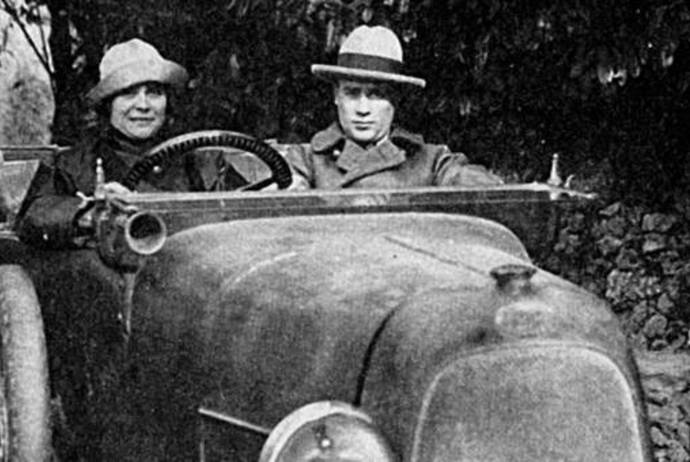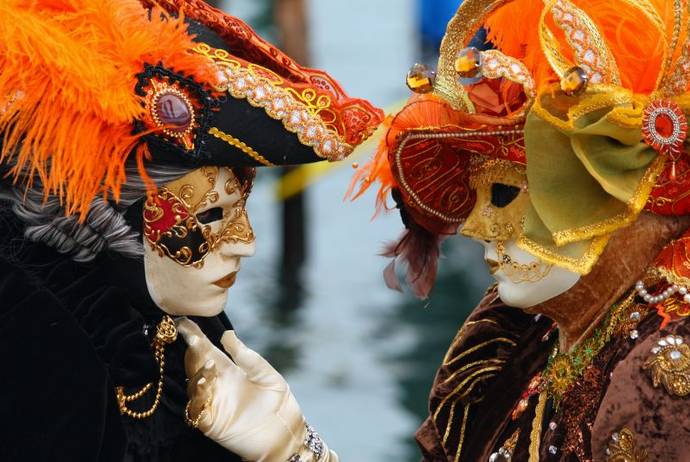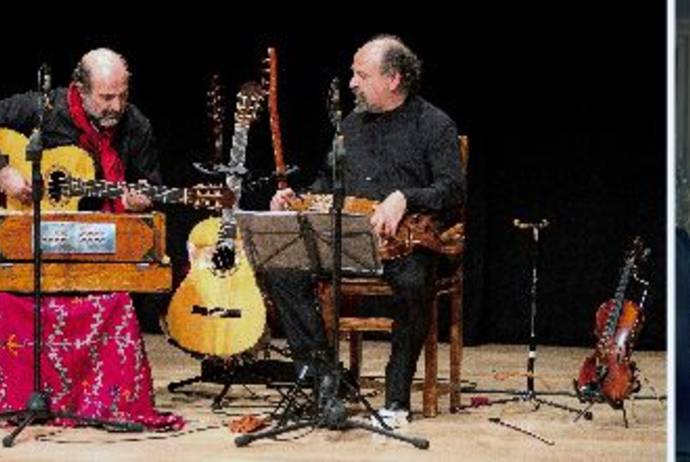In Italy, the indisputable star of Valentine’s Day is the Baci (or “kisses” in Italian) by Perugina, the leading confectionary manufacturer based in San Sisto, Umbria. This famous hazelnut and chocolate praline made history by becoming the symbol of every love story all around the world. And when “love is in the air,” Baci is right there, ready to make your romantic moments unforgettable. But few people know that behind this small piece of chocolate there is a great woman who, incidentally, was also a renowned stylist: Luisa Spagnoli. This is her story.
In 1922, Luisa Spagnoli, the wife of Perugina co-founder Annibale Spagnoli and a committed
advocate for environmental protection, came up with the brilliant idea of using the company’s leftover chopped hazelnuts to create a new recipe. She kneaded the granola, covered it in chocolate, and placed inside it the one ingredient that makes Baci so unique—one whole hazelnut.
The praline was initially dubbed “cazzotto” (punch) for its shape, which resembles a clenched fist. But, as Perugina’s other co-founder Giovanni Buitoni once said, who would ever enter a store and ask for a “punch”? So the name was changed and Baci was born. Another fundamental contribution to the success of Baci by Perugina came from the company’s art director, Federico Seneca, who created the packaging: a silver wrapper with blue stars and letters, and a box picturing a kissing couple inspired by Francesco Hayez’s famous painting The Kiss.
From then on, Baci became the sweetest and most popular symbol of romantic love, not only for its unique taste but also thanks to a shrewd marketing strategy. Ads played a large part in Perugina’s success. In the ‘50s the slogan was “Wherever there is love, there is Baci.” In the 2000s, it became “Say it with a Bacio.” In the U.S., where the first Perugina store opened in 1939 on 5th Avenue in New York City, the slogan was “Say ‘I Love You’ The Italian Way.”
But the stroke of marketing genius that makes Baci truly unique is the love note that accompanies every one of these delicious chocolates, famous quotations taken from books, poems, or songs all dealing with love and kisses. It’s become a ritual to read the message you find inside before savoring the chocolate.
And I bet you didn’t know another interesting thing about these love notes. Federico Seneca was inspired by a real love story; rumor has it that Luisa Spagnoli and Giovanni Buitoni were lovers, and the two used to send each other secret notes wrapped around the chocolates!
Today, Baci are among the best-known chocolates in the world. You can find them everywhere. As the commercial says, it’s the Italian way to say “I love you”— on Valentine’s Day and every day!
































